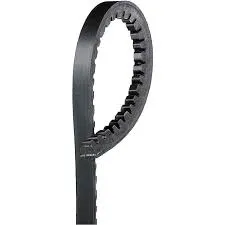A number of variables must be considered when selecting oil seals. There are nine factors that designers and maintenance engineers must evaluate when oil seals are specified:
First, wash your hands before handling the oil seal. This is because dirt on the sealing surface or oil in fingerprints can compromise the integrity of the seal, while small particles can cause wear and tear, damaging the sealing surface and leading to leaks.
Secondly, do not unpack the seal unless you are ready to install it. After opening, the seal face must be cleaned before installing it on the equipment to prevent contamination.
Finally, ensure that your equipment is clean. This is because dirty equipment can affect the effectiveness of the oil seal.

